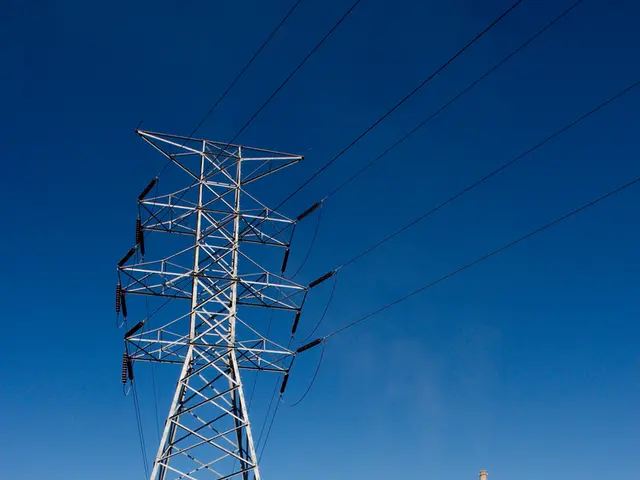Slowing Economic Growth in Belarus - Examining the Key Economic Indicators
Belarus' National Statistical Committee, Belstat, has released data on the country's gross domestic product (GDP) for January-July 2025. The committee's report shows a significant slowdown in the GDP growth rate compared to the presidential forecast of 4.1%.
According to official statistics and Eurasian Development Bank (EADB) reports, the GDP growth rate has slowed down significantly from the forecasted 4.1% to about 1.3% as of the first seven months. This deceleration is notably below earlier forecasts like the government’s optimistic 4.1% and other studies projecting around 2–2.5%, which had anticipated some recovery due to looser monetary policy.
The causes for this slowdown are multifaceted. Reduced exports, affected by weaker external demand and geopolitical tensions in the region, have resulted in trade deficits and limited export-led growth. The agricultural output has also taken a hit, with a delayed harvest leading to a sharp contraction of 12.7% in early 2025, weighing down GDP growth. The industrial sector has contracted slightly, with a 0.3% year-on-year decline noted in the first half of 2025, further restraining overall economic output.
Despite these challenges, domestic demand remains relatively strong. Retail trade, food services, and construction sectors have shown growth, with retail trade up by 8.6%, food services up by 5.1%, and construction up by 9.9%. However, this growth is insufficient to offset the declines in export and agriculture sectors.
Monetary policy under the new National Bank leadership has loosened to support growth, but this move risks economic overheating. Inflation has accelerated to around 10–11% quarter-on-quarter in Q2-2025, about double the government target. High inflation, limited production capacity, and rising economic volatility from external factors have increased uncertainty and restrained investment and consumption growth.
Unemployment, however, hit a historic low at 2.6% in Q2-2025, indicating tight labor market conditions. Consumer and investor confidence, however, are eroding amid policy uncertainties and weakening Russian demand, which historically is vital for Belarusian exports and economic stimulus.
In summary, the GDP growth slowdown in Belarus is driven primarily by external shocks reducing export and agricultural output, combined with domestic challenges including inflationary pressures and limited industrial growth. These factors contrast with earlier optimistic forecasts of growth above 4%. The economic environment is tense and uncertain, with inflation and overheating risks complicating recovery prospects for the remainder of 2025 and beyond.
This article was written by Mikhail Svetlov, a journalist.
Key points:
- Belarus' GDP growth rate has slowed down significantly from the presidential forecast of 4.1% to about 1.3% as of the first seven months.
- Reduced exports, agricultural output decline, industrial sector contraction, and domestic demand remaining strong are the main causes for the slowdown.
- The economic environment is tense and uncertain, with inflation and overheating risks complicating recovery prospects.
- Unemployment hit a historic low at 2.6% in Q2-2025, indicating tight labor market conditions.
- Consumer and investor confidence are eroding amid policy uncertainties and weakening Russian demand.
The slowdown in Belarus' GDP growth rate is Linked to declines in export and agricultural output, along with a slight contraction in the industrial sector.
Despite the challenging economic environment featuring inflationary pressures and limited industrial growth, domestic demand remains relatively strong, with retail trade, food services, and construction sectors showing growth.




